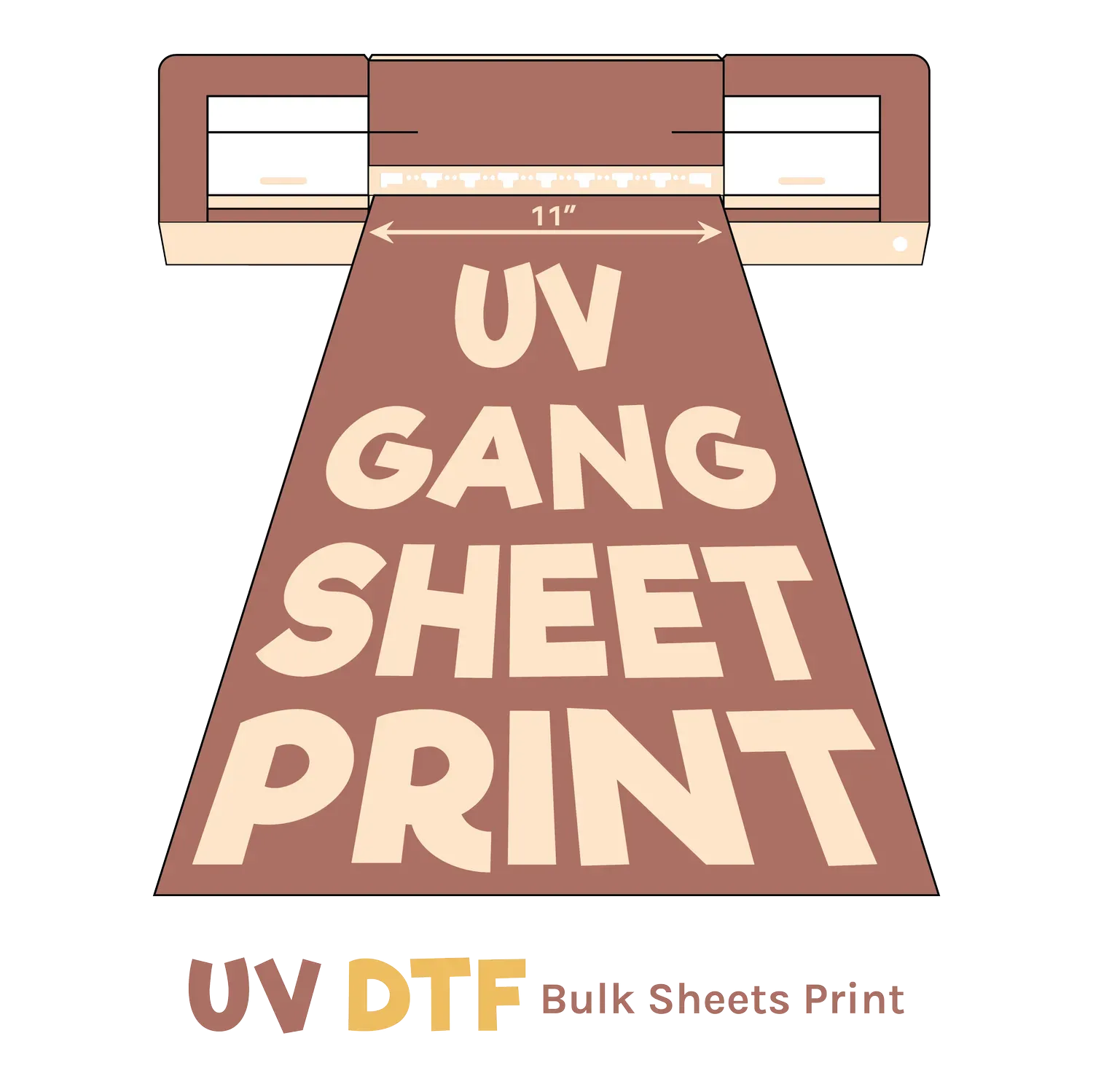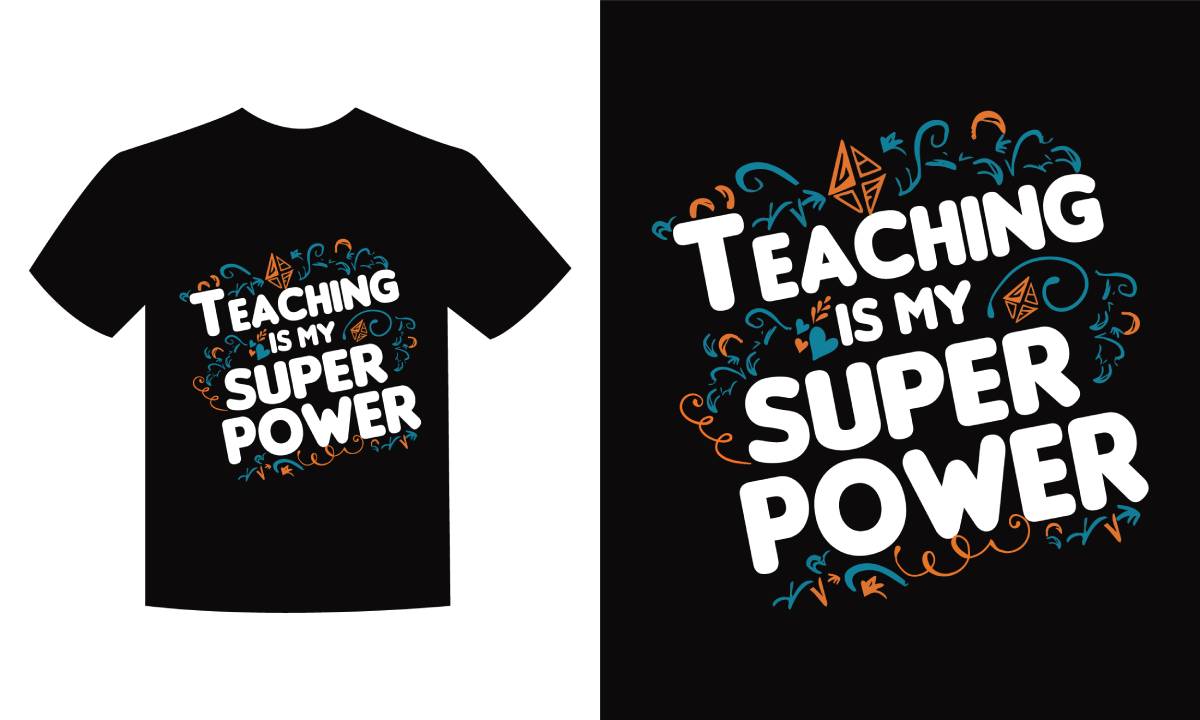UV DTF Printing: Revolutionizing the Textile Industry
UV DTF printing is making waves in the textile industry by combining innovative technology with sustainable practices. This advanced form of Direct-to-Film printing entails applying UV inks directly onto films designed for high-quality textile applications, paving the way for a new era of efficiency and versatility. As brands increasingly prioritize eco-friendly methods, UV DTF printing has emerged as a go-to solution, enabling vibrant colors and intricate designs to be realized on a variety of fabric types. With companies like Mimaki introducing cutting-edge devices such as the UJV300DTF-75, the market is witnessing a swift transformation towards sustainable printing technology that meets both aesthetic and environmental demands. In this article, we will explore how UV DTF printing is reshaping the landscape of textile production while maintaining a focus on quality and sustainability.
The emergence of UV Direct-to-Film printing signifies a pivotal shift within the realm of textile printing technologies. Known for its high-resolution capabilities and environmentally-friendly processes, this method has captured attention from manufacturers eager to enhance production efficiency. By utilizing UV inks, printers are not only achieving striking visual results but also aligning with growing demands for sustainability in the industry. The versatility of this approach allows for unmatched customization, catering to the varying needs of modern consumers and businesses alike. As we delve deeper, we will analyze the implications of these advancements on both aesthetic outcomes and sustainable practices in textile production.
Exploring the Benefits of UV DTF Printing
UV DTF printing offers numerous benefits that are reshaping the landscape of the textile industry. One of the standout advantages is the capability for high-resolution output, which ensures that intricate designs are rendered with exceptional clarity and vibrancy. This aspect is crucial for brands aiming to create unique products that stand out in a competitive market. With the UJV300DTF-75 printer from Mimaki, businesses can achieve print resolutions up to 1,200 dpi, making it possible to translate elaborate patterns and fine details onto various fabric types. Such precision not only enhances the aesthetic appeal of textiles but also boosts end-user satisfaction.
Moreover, UV DTF printing significantly reduces production times compared to traditional methods. This efficiency is vital in today’s fast-paced consumer environment, where the demand for quick turnaround times is ever-increasing. By adopting UV DTF printing technology, businesses can efficiently handle both small runs for niche markets and large orders for bulk production without compromising quality. Additionally, this technology uses eco-friendly inks that align with sustainability goals, helping companies minimize their environmental impact while meeting market needs.
Sustainable Practices in the Textile Industry
As sustainability becomes a priority worldwide, the textile industry is rapidly adopting practices that minimize environmental harm. UV DTF printing stands out as a sustainable solution, featuring eco-friendly inks such as ELS-170 and ELH-100, which comply with rigorous environmental regulations. This shift toward using greener materials not only addresses consumer concerns regarding chemical safety but also enhances the overall appeal of brands committed to environmental responsibility. By reducing the use of harmful substances, UV DTF printing contributes to a cleaner production process that benefits both the industry and the planet.
Furthermore, the advancements in automation and smart production techniques associated with UV DTF technology help significantly reduce waste. By optimizing processes, companies can lower their resource consumption, including water and energy, thus contributing to a more sustainable textile production model. The flexibility of UV DTF printing allows businesses to print on various substrates and customize orders, ensuring that there’s minimal overproduction and waste, which is a common issue in traditional textile printing methods.
The Role of Major Players in Innovating UV DTF Printing
Key industry players like Mimaki, Eazydtf, and eufyMake are pivotal in driving innovations in UV DTF printing, shaping its impact on the textile sector. Mimaki’s introduction of the UJV300DTF-75 has set a new benchmark for versatility in printing processes, enabling the printing on irregular surfaces and eliminating the need for curing. This innovation not only enhances operational efficiency but also opens new avenues for design creativity, allowing brands to push boundaries and explore new artistic expressions on textiles.
Similarly, Eazydtf’s investment in large-format technology highlights the demand for scalable and flexible printing solutions. By increasing their production capabilities, Eazydtf can meet the rising consumer demand for customized textile solutions. Their strategic moves reflect the broader industry trend toward adopting technologies that enable rapid response to consumer preferences while enhancing service quality. Such investments exemplify how major players are not only leading technological advancements but also setting standards for sustainability and quality in the textile printing domain.
Understanding the Versatility of UV DTF Printing
One of the most significant advantages of UV DTF printing is its unparalleled versatility. This technology allows for high-quality prints on a wide range of materials, from conventional fabrics to more challenging substrates like plastics and metals. Brands are increasingly taking advantage of this capability to create versatile product lines, catering to diverse customer needs and preferences. The ability to print on various textiles, including cotton, polyester, and blends, means businesses can enhance their product offerings, ensuring they meet the demands of both the fashion and promotional sectors.
Additionally, the printing process used in UV DTF technology permits experimentation with numerous finishes, textures, and effects that traditional methods cannot offer. Innovations such as 3D-texturing afford brands the opportunity to infuse their products with unique design elements, setting them apart in an increasingly crowded marketplace. As businesses leverage the versatility of UV DTF printing, they position themselves to adapt to trends and consumer preferences while maintaining a sustainable approach.
The Impact of Automated Technologies on UV DTF Printing Efficiency
The integration of automated technologies into UV DTF printing processes has dramatically enhanced operational efficiency within the textile industry. Automation streamlines workflows, reducing the potential for human error and improving overall productivity. By leveraging advanced digital printing software and automated print management systems, companies can optimize their printing operations, allowing for quicker setup times, consistent quality, and faster production rates. This efficiency is crucial in meeting the growing demand for customized and high-volume textile printing.
Moreover, automated systems can significantly lower labor costs and operational overhead, making UV DTF printing more financially viable for a broader range of businesses, from small startups to large firms. Automated technologies also facilitate real-time monitoring and adjustments during the printing process, ensuring that quality standards are met consistently. As these technological advancements continue to evolve, they will further establish UV DTF printing as a preferred method in the modern textile printing landscape.
Future Trends in UV DTF Printing Technology
Looking ahead, the future of UV DTF printing appears promising, with numerous trends poised to reshape its development and implementation within the textile industry. One major trend is the continued push towards even more sustainable practices. As environmental awareness grows among consumers, manufacturers will likely focus on developing inks and materials that are not only eco-friendly but also enhance the durability and quality of final products. The integration of bio-based and recycled inks could become commonplace, aligning production with consumer demands and regulatory requirements.
Additionally, the advent of advanced technologies such as artificial intelligence and machine learning in the UV DTF sector is expected to optimize production processes further. These technologies can predict market trends, automate design adjustments, and enhance personalization, allowing businesses to create tailored products efficiently. As these trends unfold, UV DTF printing could solidify its position as a cornerstone of innovation in the textile industry, delivering not just high quality and efficiency but also a strong commitment to sustainability.
Frequently Asked Questions
What is UV DTF printing and how does it impact the textile industry?
UV Direct-to-Film (DTF) printing is a revolutionary method in the textile industry that merges advanced UV printing techniques with direct-to-film processes. It significantly enhances print quality and efficiency while promoting sustainable printing technology by using eco-friendly inks, catering to the increasing demand for versatile and high-resolution outputs.
How does the Mimaki UJV300DTF-75 enhance the capabilities of UV DTF printing?
The Mimaki UJV300DTF-75 is a cutting-edge UV DTF printer that introduces high-resolution printing capabilities up to 1,200 dpi. It allows for direct printing on irregular surfaces without curing processes, making it highly adaptable in the textile industry. Additionally, it utilizes environmentally compliant UV inks that support sustainable printing practices.
What are the benefits of using eco-friendly inks in UV DTF printing for the textile industry?
Using eco-friendly inks in UV DTF printing offers numerous benefits, including reduced environmental impact, compliance with safety regulations, and improved sustainability in the textile industry. These inks align with the growing consumer preference for sustainable printing technology, helping businesses reduce their carbon footprint while maintaining high print quality.
How does UV DTF printing compare to traditional DTF printing in terms of efficiency?
UV DTF printing is generally more efficient than traditional DTF printing due to its ability to print on a variety of surfaces without the need for a curing phase. This accelerates the production process, allows for quick turnarounds on large orders, and enhances service capacity within the textile industry.
What role does Eazydtf play in advancing UV DTF printing technology?
Eazydtf has significantly contributed to the advancement of UV DTF printing technology through its investments in large-format printing capabilities. This move enhances flexibility and scalability in textile printing, allowing them to meet rising demands for custom prints while adhering to sustainable practices in the industry.
How is UV DTF printing shaping the future of sustainable practices in the textile industry?
UV DTF printing is shaping the future of sustainable practices in the textile industry by incorporating eco-friendly inks and advanced production methods that minimize waste. Innovations in automation and AI enhance operational efficiency, enabling businesses to adopt greener manufacturing principles and meet increasing consumer demands for sustainability.
| Key Point | Details |
|---|---|
| Mimaki’s UJV300DTF-75 Launch | Introduced at Fespa Global Print Expo in May 2025, prints on irregular surfaces with high-resolution up to 1,200 dpi using eco-friendly inks. |
| Eazydtf Investment in Large Format Technology | Focused on customizable printing to enhance service quality and capacity for large orders. |
| eufyMake’s UV Printer E1 | A personal UV printer aimed at hobbyists and small businesses, featuring 3D-texturing capabilities. |
| Quality and Efficiency Enhancements | Allows printing on various surfaces for both small and large production needs, enhancing efficiency. |
| Sustainability Focus | Incorporating eco-friendly inks and AI automation to reduce waste and carbon footprint. |
Summary
UV DTF printing is revolutionizing the textile industry by introducing advanced technologies that enhance efficiency and promote sustainability. Major players like Mimaki, Eazydtf, and eufyMake are leading this transformation with innovative products that cater to the growing demand for high-quality, customizable printing solutions. These advancements not only facilitate greater versatility in design and production but also reflect a strong commitment to environmentally responsible practices. As the industry continues to evolve, the integration of UV DTF printing will be pivotal in shaping a more sustainable future for textile manufacturing.






